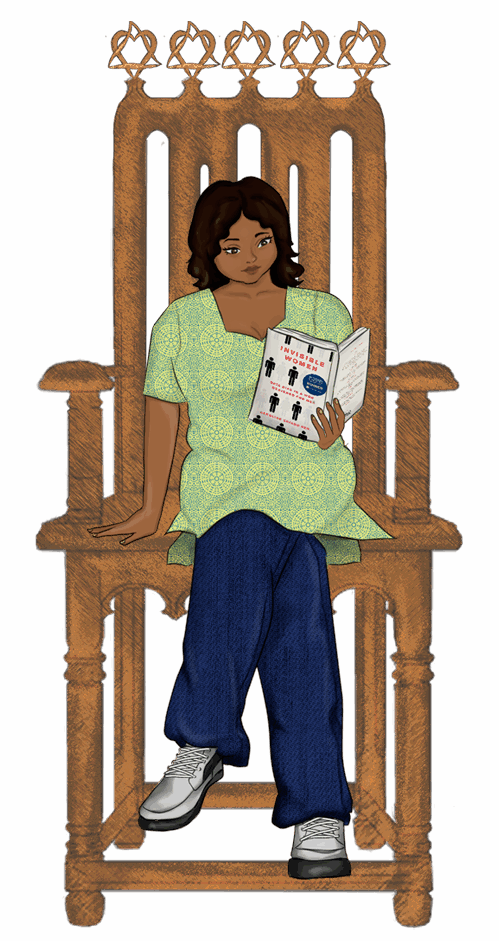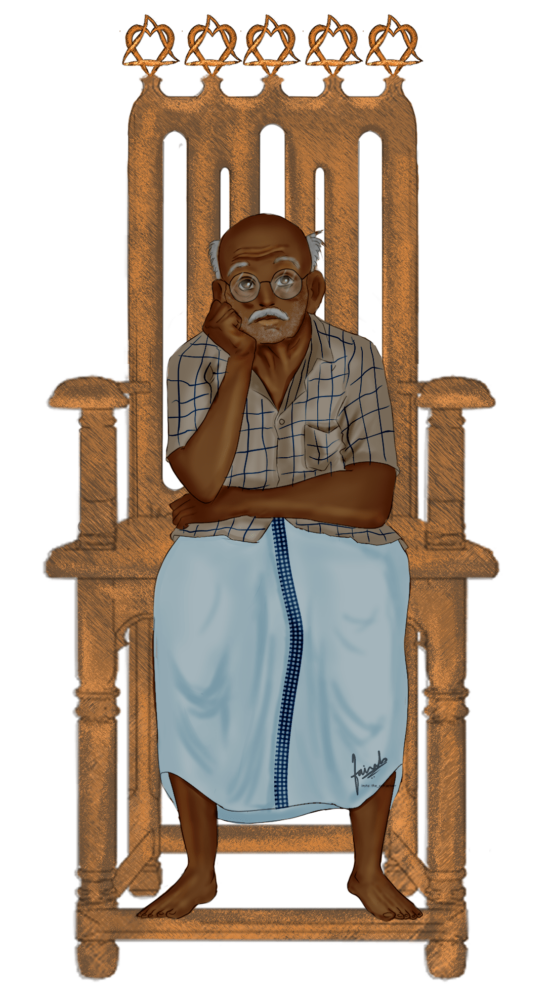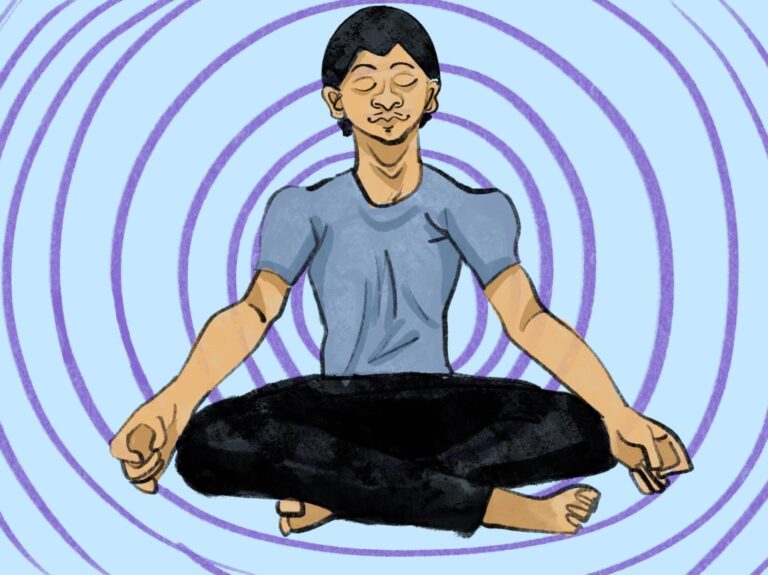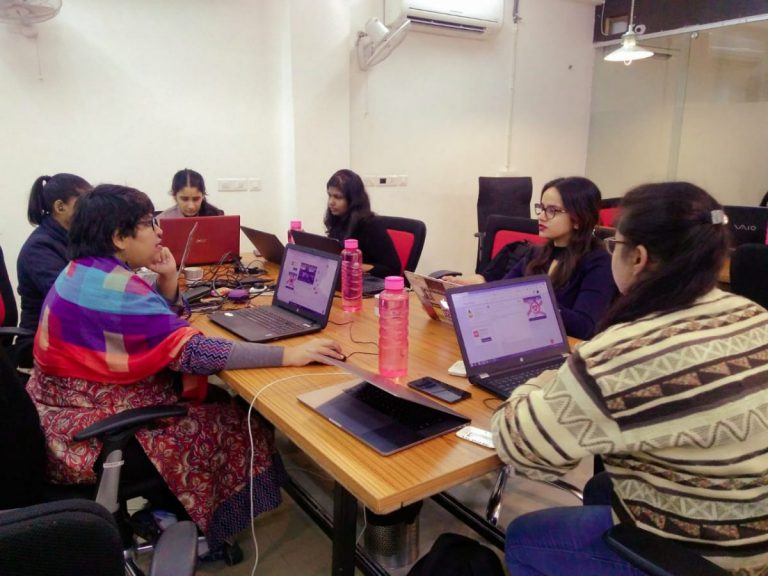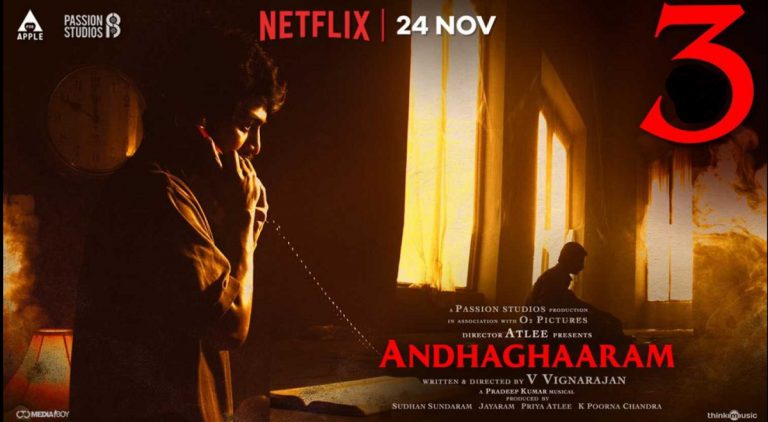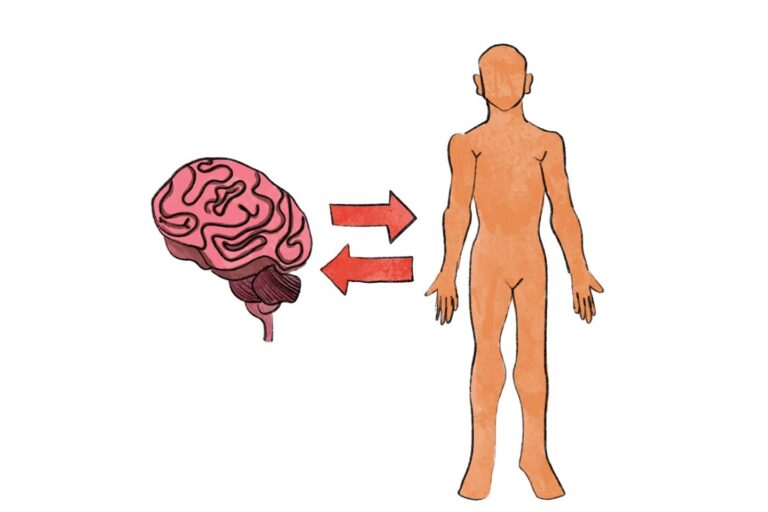Mental health and the marketing professional in the age of algorithms
I’m Tofajjal Hossain, a professional content strategist and SEO specialist with over 7 years of experience in the digital marketing industry. I specialize in writing in-depth, human-centered articles that focus on society, technology, mental health, and emerging digital trends. My work combines strong storytelling with data-driven insights, helping platforms grow their organic reach and engage readers effectively. I’ve collaborated with blogs, startups, and online publications to create content that informs, inspires, and ranks well on search engines. I’m passionate about meaningful narratives and building value through words.
Where visibility sometimes equals value, the struggle to keep up with algorithms, engagement statistics, and digital trends has altered our lifestyle and work style in the ever-changing digital age. Being someone who spends most of his time working in digital strategy and SEO, I sometimes find myself at the nexus of burnout and ambition. This is more than just a narrative of data and strategy; it’s a reflection on what the continuous need to perform online does to our brains.
The algorithmic dread
Working in SEO means obsessing over rankings, monitoring SERP variations, and always adjusting to Google’s modifications. Sometimes I wake up and view website traffic before I have even brushed my teeth. The tension originates from the quiet demand to keep ahead in a place that never sleeps, not from a manager shouting at me. Every content update, every backlink analysis, every page speed test seems like a battle in a never-ending fight for digital relevance.
It becomes more difficult since the rules are continually changing. Google’s algorithm changes, social media platform shifts, and artificial intelligence integrations have made the hustle not only grueling but also anxiety-provoking. There is always a concern: what if my plans are ineffective? What if I become obsolete?
Symptoms of digital burnout
People often look for phrases like “digital burnout fatigue,” “insomnia from screen time,” and “anxiety around devices.” Digital burnout is a multidimensional condition of physical, mental, and cognitive exhaustion brought on by constant screen exposure and connectivity, not just tiredness.
Common signs include anxiety, migraines, digestive issues, poor concentration, depressed mood, chronic exhaustion, and disturbed sleep patterns. For instance, SEO experts may have “constant exhaustion, loss of motivation, and lower performance” even if they get enough rest.
These signs provide strong clues that your relationship with digital work has grown unbalanced. Search interest in certain symptoms is great. Common search terms include “headaches from screen stress,” “digital fatigue symptoms,” and “anxiety from social media.” Measuring these and elaborating on them—e.g., “screen-induced tension headaches,” “nighttime alertness from blue light”—can match consumer questions and boost SEO.
Adding a checklist or symptom matrix—classified into physical (headache, insomnia, digestive upset), emotional (irritability, mood swings), and mental (brain fog, memory lapses) offers utility and satisfies frequently searched pain points. This organized approach is ideal for searchers seeking quick answers or self-checking aids.
Mindful tech consumption
Rising interest in this subject is shown in search terms like “digital detox ideas,” “screen time management,” and “mindful technology use.” People aggressively look for advice on “techfree zones,” “digital curfew,” and “grayscale mode on phone.”
The two-step framework works effectively
Awareness phase
Urge readers to monitor use using integrated tools like iOS’s Screen Time or Android’s Digital Wellbeing. Data is the foundation of building better habits; it is not just numbers. Recommend looking through average daily usage, app classifications (social vs. productive), and pickup frequency.
Phase of intervention
Post-effective tactics such as setting up tech-free areas, such as bedrooms and dining rooms, and setting daily device “curfews” (no phone after 8 PM). Turning your phone to grayscale or removing addictive apps to lower engagement triggers
Both strategies fit with the digital wellness movement and are much sought after. For mindfulness and screen management, you might also emphasize tools like Forest, OffTime, and Insight Timer. Highlight the need to arrange actual pastimes—reading, painting, walking—to strengthen conscious pauses.
Fighting digital burnout
For questions such how to heal from burnout, digital detox regimen, and freelance burnout recovery, search volume is growing. People want sensible, realistic solutions; they are not only interested in knowing the symptoms. Particularly among SEO professionals, content producers, and marketers in the digital workplace, burnout usually goes unremarked until it becomes persistent. An efficient recovery plan is therefore vital.
Setting deliberate digital limits is among the best strategies to fight burnout. This means clearly specifying your connection to your work and your devices, not just cutting down on screen time. Setting email-free hours, having a separate workstation rather than working from bed or the couch, and turning off push notifications outside of business hours are examples of this. Small as these boundaries might seem, they signal to your brain when it’s time to rest and when it’s time to get involved.
Task batching and focused time are other underappreciated approaches. Scheduling 1–2 hour sessions of deep work lets your brain concentrate and complete projects more effectively instead of multitasking, which causes mental exhaustion and errors. Combine those with 10–15 minute tech-free pauses between sessions (walk, stretch, meditate) and you will feel more energized without losing productivity.
Finally, pay attention to outside assistance. Offloading your stress in a controlled setting can be life-changing, whether it involves counseling, joining a support group for remote workers, or even just chatting with a mentor. Internalizing their difficulties can cause freelancers and solopreneurs to experience protracted burnout cycles. Speaking with others going through same problems may provide a point of view, practical counsel, and emotional comfort.
Community over competition
Searches for “freelancer mental health,” “online communities for digital workers,” and “support groups for burnout” have skyrocketed. The pandemic quickened remote work but also created a severe isolation issue. In a digital world where measurements define success, it’s simple to feel like others are performing quicker, better, and wiser.
Emotional isolation results from this false notion of never-ending rivalry. Instagram, Twitter, and even LinkedIn are platforms that magnify only highlight reels—client successes, trending posts, 100K followers. Rarely do people reveal their rejections, their meltdowns, or their burnout. That’s why balancing mental health depends on digital communities that promote vulnerability and mutual support.
Platforms like Yung Sidekick, Indie Hackers, the Mental Health for Marketers Slack group, and Subreddits like r/Entrepreneur are expanding since they offer secure forums for frank conversation. People discuss authentic numbers, setbacks, emotional health problems, and how they are attempting to strike balance. These areas provide accountability, practical counsel, and validation.
Furthermore, community changes one’s view of rivalry. You’re reminded that we all negotiate a challenging digital environment, not others as threats. Sharing tools, ideas, and emotional victories therefore, helps to create group strength. This feeling of belonging can be the secret to resiliency for digital professionals, especially freelancers, and even better SEO performance in the long term.
Algorithm Anxiety
This part addresses much sought after topics including AI replacing SEO, stress from algorithmic updates, and Google algorithm updates 2025. Many experts experience terror upon hearing about a recent Google update or Instagram algorithm shift not only because of its effect on traffic but also because it erodes their feeling of control.
The issue is that these algorithms run behind the scenes, changing the regulations without much notice. The rug can be pulled out overnight for marketers and SEO specialists who devote months to creating content, links, and plan based on one set of standards. This instability produces algorithm anxiety—a phrase becoming rather well-known among digital health circles. It’s the stress generated by a context in which your efforts do not always guarantee results.
The ongoing need to change generates a chronic feedback loop: evaluate outcome, change strategy, witness little improvements or mysterious declines, tweak again. This loop gets tiring over time. The uncertainty causes self-doubt: “Is it my strategy or the algorithm?” Often resulting from this mental taxation is burnout, imposter syndrome, or even industry departure.
Professionals are beginning to concentrate on what doesn’t alter—humancentered design, evergreen content, and relationshipbased backlinking—in order to control this. While you cannot outwit every change, you may develop sustainable tactics based on value instead of chasing every trend. Focusing your attention on user experience and mental resilience keeps you grounded amid algorithmic noise.
The cost of constant hustling
Many times, digital professionals, especially freelancers and business owners, fall into a hazardous trap: equating self-worth with productivity. There have been days where I felt unhappy just because I missed enough activities. I started to see patterns: sleepless nights, missed meals, neglected personal contacts. It was all under the moniker of “grind culture.”
Mental health was suffering. Likes and metrics’ dopamine hits were brief; the crashes were actual.
According to a Deloitte 2021 poll, burnout has become rather common among knowledge workers, especially in demanding digital settings. The need to “always be online” is a public health issue, not just an occupational hazard.
Reclaiming balance
Once I saw how this way of living was affecting me, I knew I had to change not just how I worked but also how I regarded work. I started to take concrete actions:
Digital Boundaries
My work hours are set for myself, and I have specific rules like no client work on Sundays and no email reading after 8 PM.
Mindful Scheduling
I started utilizing time blocks that included not just work, but rest, meditation, and even offline hobbies like painting or walking.
Therapeutic Channels
I started journaling to help me to work through my feelings. Writing pieces like this also turned into a kind of treatment—a way to let go, ponder, and get back into line.
Community Over Competition
I joined communities of similar digital professionals who addressed burnout, mental health, and sustainable growth. Staying responsible has been helped by platforms like Yung Sidekick, which combines mental wellness with productivity assistance.
Why this matters
Young professionals are more connected than ever, yet also more distant in our time. Though glorified, hustle culture’s expenses are often concealed under curated Instagram posts and productivity hacks. The truth is that among marketers, engineers, writers, and coders, we need more talks about balance, not only among psychologists and counselors.
Digital activity is not intrinsically detrimental. But left unrestrained and ignorant, it might devour our sanity in addition to just time.
Looking ahead
I am still interested in content optimization, backlink development, and website ranking. I have come to understand, though, that the most effective approach is one that is long-lasting. Understanding ourselves rather than just search engines is key to digital success going forward.
I hope more digital experts start seeing mental health not as an afterthought but as a cornerstone as we advance. Choosing wellness is a revolutionary act of self-care in a society that rewards hustle, and maybe the best SEO plan of all.
